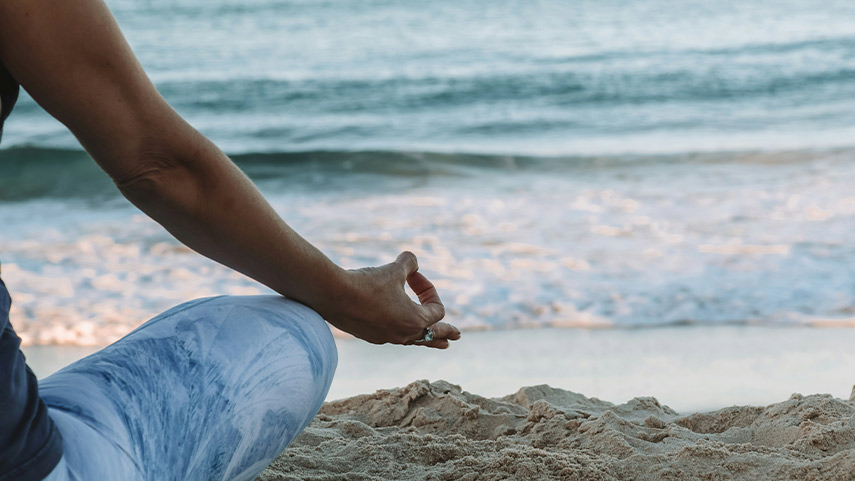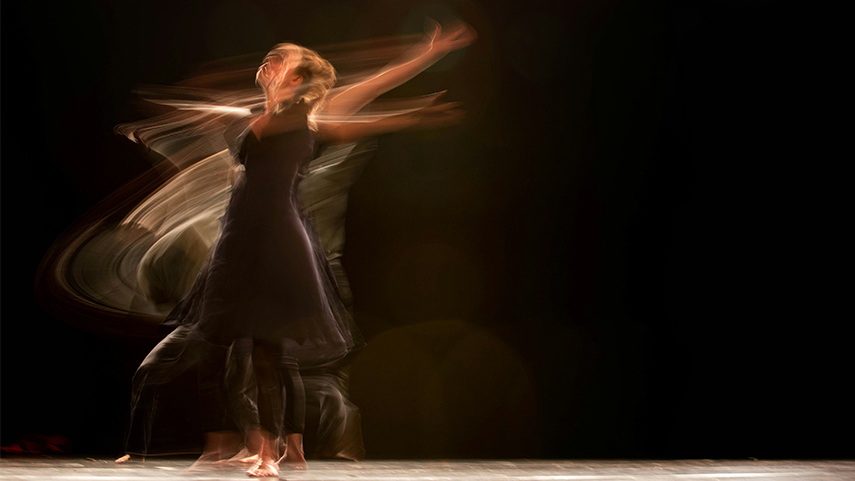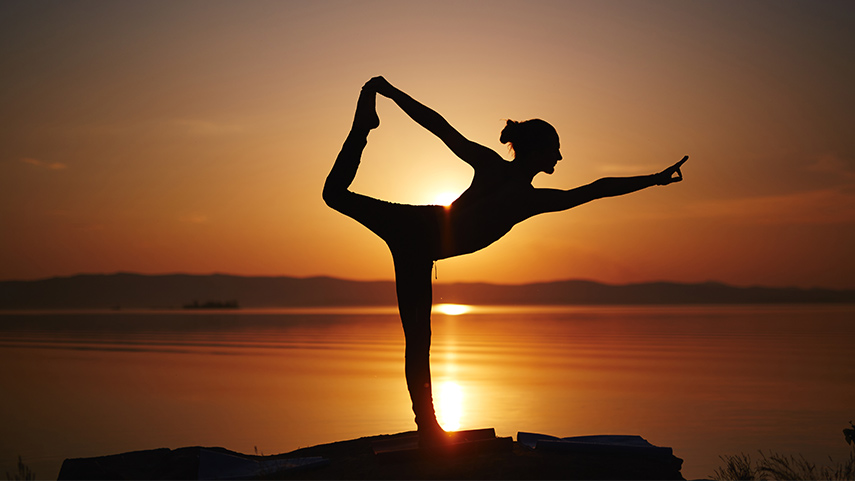From Breath to Foundation: Why Deep Control in Pilates Builds Lifelong Movement
Classical Pilates, much like yoga and Gyrotonic, was never designed to entertain or exhaust. It was created to restore integrity to movement. To bring us back to the breath. To guide us from the inside out – not with noise, but with nuance.
In a world increasingly drawn to spectacle – flashing lights, pounding beats, and choreographed routines that look good from the outside – this inward approach can feel like rebellion. But it’s not rebellion. It’s remembering. It’s returning.
And at the very center of that return is breath – not just as a biological necessity, but as a teacher, a metronome, and a bridge between intention and action.
Breath as the Root of Movement
Before there is movement, there is breath. Not just the shallow in-and-out of survival, but deep, intelligent breathing that creates rhythm, organizes the body, and awakens the core. In classical Pilates, breath is not an accessory – it’s the organizing principle.
Joseph Pilates called his method Contrology, and breath was central to that control. Each exhale initiates movement. Each inhale nourishes it. When you follow the breath, your body follows with it – not in reaction, but in intention.
This internal rhythm becomes the conductor of the body’s orchestra: spine, ribs, pelvis, and limbs aligning and responding to the breath’s natural flow. The result is movement that feels connected, precise, and deeply grounded.
Inner Breath: Moving From the Inside Out
Modern fitness often trains us to perform from the outside in. Pose, push, hold, and look strong. But this disconnects us from our internal feedback systems – our proprioception, balance, nervous system, and emotional regulation.
Pilates restores that connection.
We don’t just breathe to oxygenate. We breathe to feel. The breath becomes a form of observation: a subtle, constant guide that helps us sense the spaces within – and move from those spaces with clarity. This is what we call inner breath.
It’s not just a technique. It’s a mindset shift. You are no longer forcing the body – you’re listening to it. You become the actor of movement, not the reactor.
From Breath to Control: Building the Foundation
Breath lays the groundwork. But for it to translate into fluid, intelligent movement, we need structure. That’s where the foundation comes in.
A foundation session in Pilates isn’t just a warm-up or a “light” class. It’s where we build the architecture of movement – slowly, consciously, and with deep attention to detail. Through concentration, centering, and control, we create the space for precision and fluidity to develop.
Think of it as motor learning: the nervous system builds new patterns, reinforces healthier ones, and begins to activate the deep stabilizing muscles – the kind that protect your joints, align your posture, and prevent injury.
This is how we teach the body to move well, not just more.
The FFF Theory: Fix, Foundation, Fun
Movement specialist Jonathen Hoffman frames it beautifully with his FFF theory:
- Fix: when we’ve lost control and need help – from physiotherapists, osteopaths, or rehab experts.
- Foundation: where we consciously build movement integrity through slow, structured practice.
- Fun: the expressive, dynamic, creative movement we love – dancing, playing, running, flowing.
The catch? The more we invest in Foundation, the less we fall into Fix, and the more sustainable our Fun becomes.
This model maps perfectly onto classical Pilates:
- Your Reformer session is Foundation.
- Your Zumba class is Fun.
- Your post-injury therapy is Fix.
And Pilates, done right, keeps you out of that last one.
Why Most People Skip the Foundation (and Why That’s a Mistake)
Foundational movement isn’t glamorous. It’s not loud. It doesn’t always come with playlists. But skipping it is like building a house on sand.
We live in a culture that glorifies “more” – more reps, more sweat, more visible results. But the nervous system doesn’t learn through force. It learns through repetition, awareness, and integration.
Without a solid movement foundation:
- Core muscles lag behind.
- Reflexes stay disorganized.
- Large muscles overcompensate.
- Injuries stack up.
Then comes the “Fix” stage – back pain, hip pain, shoulder strain, pelvic floor dysfunction. All because we tried to skip the groundwork.
The Nervous System Needs Repetition and Rhythm
One of the most overlooked benefits of breath-led, controlled movement is its effect on the nervous system.
Pilates teaches the body to move reflexively – not by accident, but through patterned, mindful repetition. The breath creates a rhythm. The rhythm creates coordination. Over time, your deep core activates before large movements begin. That’s how real movement skill is built.
This is what athletes call “pre-activation.” It’s what rehab specialists call “motor control.” It’s what classical Pilates calls simply: “returning to life.”
The Temptation of Lights, Music, and Momentum
Let’s be honest: Fun is tempting. High-intensity workouts, group energy, music – they’re exciting. They release endorphins. And they have their place.
But when you chase Fun without Foundation, it’s only a matter of time before something gives. You lose control under pressure. Your reflexes stall. You train for movement that looks good, but doesn’t hold up.
True joy in movement comes when you know your body has your back – literally. And that comes from the slow sessions. The quiet ones. The ones where you breathe, realign, and rebuild.
Foundations Aren’t Forever - But They Build What Lasts
One of the biggest misconceptions is that foundation work is something you do “just to get started.” But in truth, even the most advanced movers return to it – again and again. Why? Because the body is constantly adapting. Our alignment shifts. Stress patterns return. Life happens.
Foundation isn’t a phase. It’s a resource. A home base. The more deeply it’s integrated, the more freedom you gain in your “Fun” movement – without risk.
Over time, the lines blur. What used to feel like hard work becomes effortless. You begin to notice how you carry yourself. How your breath meets your ribs. How you respond rather than react.
That’s the magic of long-term practice: the invisible becomes natural.
Pilates, Yoga, and Gyrotonic: Different Paths, Same Principles
While the tools and movement styles vary, the thread is the same: inner attention, breath-led movement, and a commitment to functional integration.
- In yoga, breath initiates every posture and guides transitions.
- In Gyrotonic, spirals and rhythms build neuro-muscular coordination through breath and flow.
- In classical Pilates, control and centering become the axis around which all movement rotates.
These practices don’t compete – they reinforce one another. They train the nervous system to prioritize internal cues over external performance. And they remind us that longevity in movement doesn’t come from intensity – it comes from intelligence.
What Real Strength Feels Like
True core strength doesn’t scream. It doesn’t shake or strain. It supports. It prepares. It shows up in how you stand, walk, lift, breathe.
A well-trained core isn’t just visible – it’s intelligent. It responds reflexively. It stabilizes before your conscious mind even catches up. That’s the kind of strength that Pilates develops – not a six-pack, but a system.
It’s what keeps you grounded in chaos, balanced in motion, and present in your own body.
Corpus Studios™: Where Breath Meets Precision
At Corpus Studios™ in Brussels, this philosophy isn’t a trend – it’s the foundation of everything we teach. Whether you’re in a private Pilates session, a GYROTONIC® class, or yoga training, our approach begins with breath, builds with control, and leads to freedom.
We don’t rush you into big movements or push you to perform. We guide you inward – where the real work begins. Because we believe movement should nourish, not deplete. Strengthen, not stress. Connect, not confuse.
Our goal? To help you build a movement practice that lasts – beyond injury, beyond trends, and well into the future.
If you’re ready to return to your foundation and rediscover movement from the inside out, we invite you to begin – or begin again – with us at Corpus Studios™.





